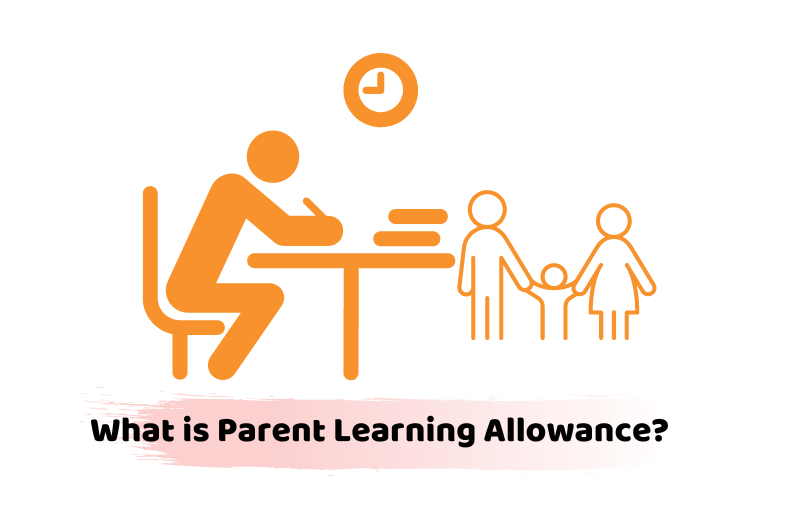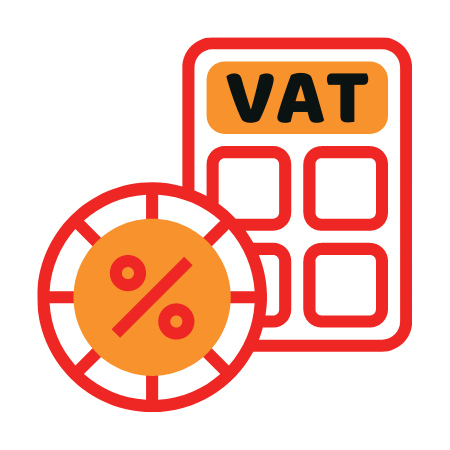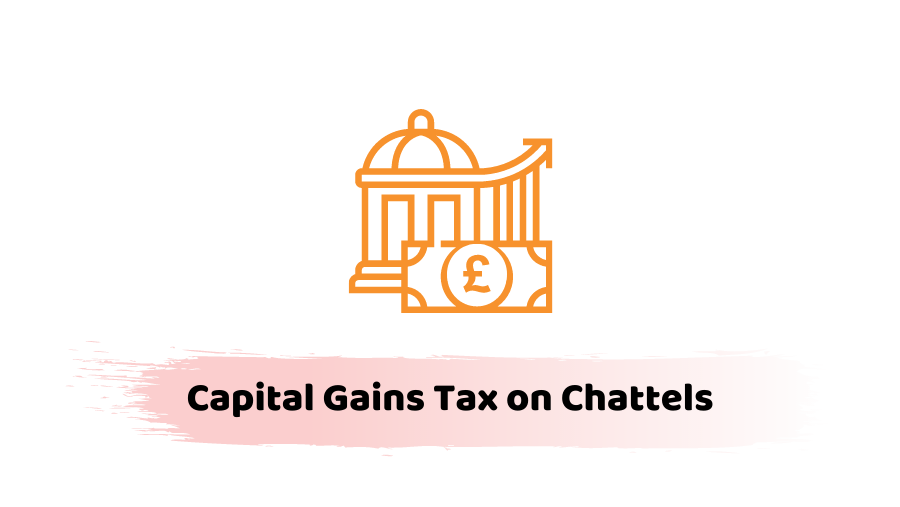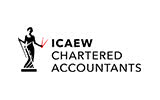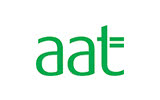For capital gains tax purposes, not all chattels are equal. In some cases, it is possible to realize a profit on the disposal of a chattel and enjoy that profit tax-free. In other cases, the gains tax must be paid.
It all depends on whether the chattel is a wasting chattel or a non-wasting chattel, and where it falls in the latter camp, the amount of the disposal proceeds.
What is a chattel?
The word ‘chattel’ is a legal term that means an item of tangible movable property. This covers personal possessions, including items of household furniture, paintings, and antiques, cars, motorcycles.
Items of plant and machinery which are not fixed to a building are also chattels.
Exemption for cars from the capital gains tax
Private cars and other passenger vehicles are exempted. Take care of exemptions to make sure the capital gains tax is set.
Exempt wasting Asset from the Capital Gains Tax
A wasting asset is an asset with a predictable life of 50 years or less. Certain chattels are treated as wasting assets, such as plant or machinery.
A gain or loss on a disposal of a wasting chattel is exempt from capital gains tax. The capital allowances are claimed on the asset.
Capital gains tax also applies if a chattel with a predictable life of more than 50 years is loaned to a business that uses it as a plant.
Non-wasting chattels and capital gains tax
Chattels with a predictable life of more than 50 years are non-wasting chattels. This would include paintings and jewelry.
The capital gains tax position depends on the sale proceeds.
Chattels exemption from capital gains tax – proceeds £6,000 or less
An exemption – the chattel exemptions – applies if you rise again on the disposal of a chattel and the disposal proceeds. Do not exceed £6,000.
Example 1
Max purchases a painting from an unknown artist for £300. The artist becomes popular and Max sells the painting for £5,000. That’s a total gain of £4,700.
When disposal proceeds are less than £6,000, the chattels exemption applies. That’s when the gain is exempted.
Chattels exemption – proceeds more than £6,000
Where the proceeds are more than £6,000, the gain is reduced by five-thirds of the difference. That’s the amount of consideration and £6,000.
Where the disposal proceeds are more than £15,000, the maximum gain will exceed the actual gain, so the relief is not in point.
Example 2
Ruby acquires an antique brooch for £3,000. It becomes a collectible item and she sells it for £10,000.
The maximum chargeable gain is 5/3 (£10,000 – £6,000) = £6,667
The actual gain is £7,000. As this exceeds the maximum permitted gain, the chargeable gain is £6,667.
Losses
In the same way that the exemption operates to reduce the chargeable gain, it also caps the allowable loss. If a loss arises and the consideration of disposal is less than £6,000, it is deemed to be £6,000 for the purposes of computing the loss.
Example 3
Lola buys a painting for £7,000 which turns out to be a fake. She is able to sell it for £100, realizing an actual loss of £6,900.
However, in computing the allowable loss for capital gains tax purposes, the consideration is deemed to be £6,000. The allowable loss is £1,000 (£6,000 – £7,000) rather than £6,900.
Sets of chattels
Special rules apply to sets of chattels. This is to prevent people from artificially splitting a set worth more than £6,000 and selling each item separately to the same person for less than £6,000. Each is there to benefit from the chattel’s exemption. The anti-avoidance provisions work to treat the set as a single asset in respect of which only one £6,000 limit is allowed.
Additional note: TCGA 1992, s. 262.


























